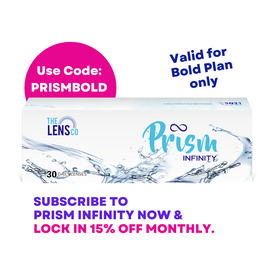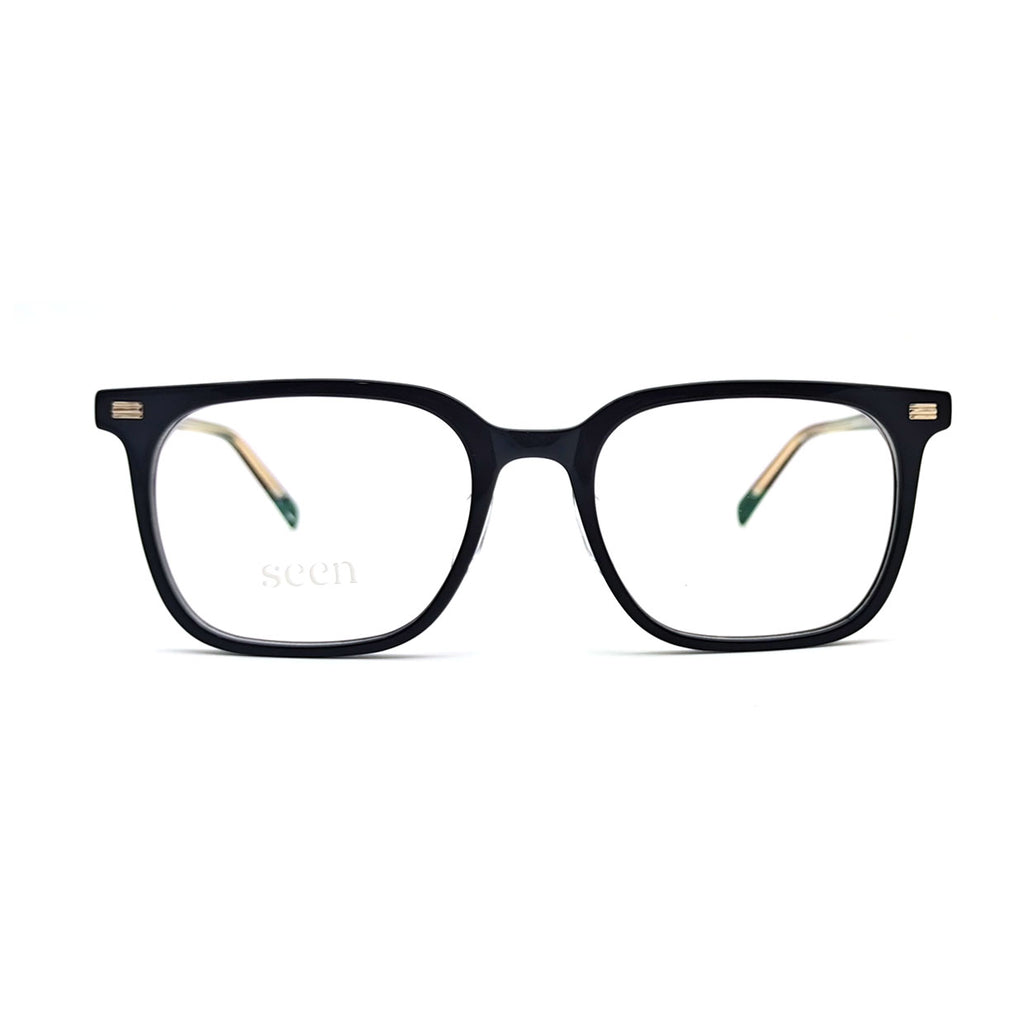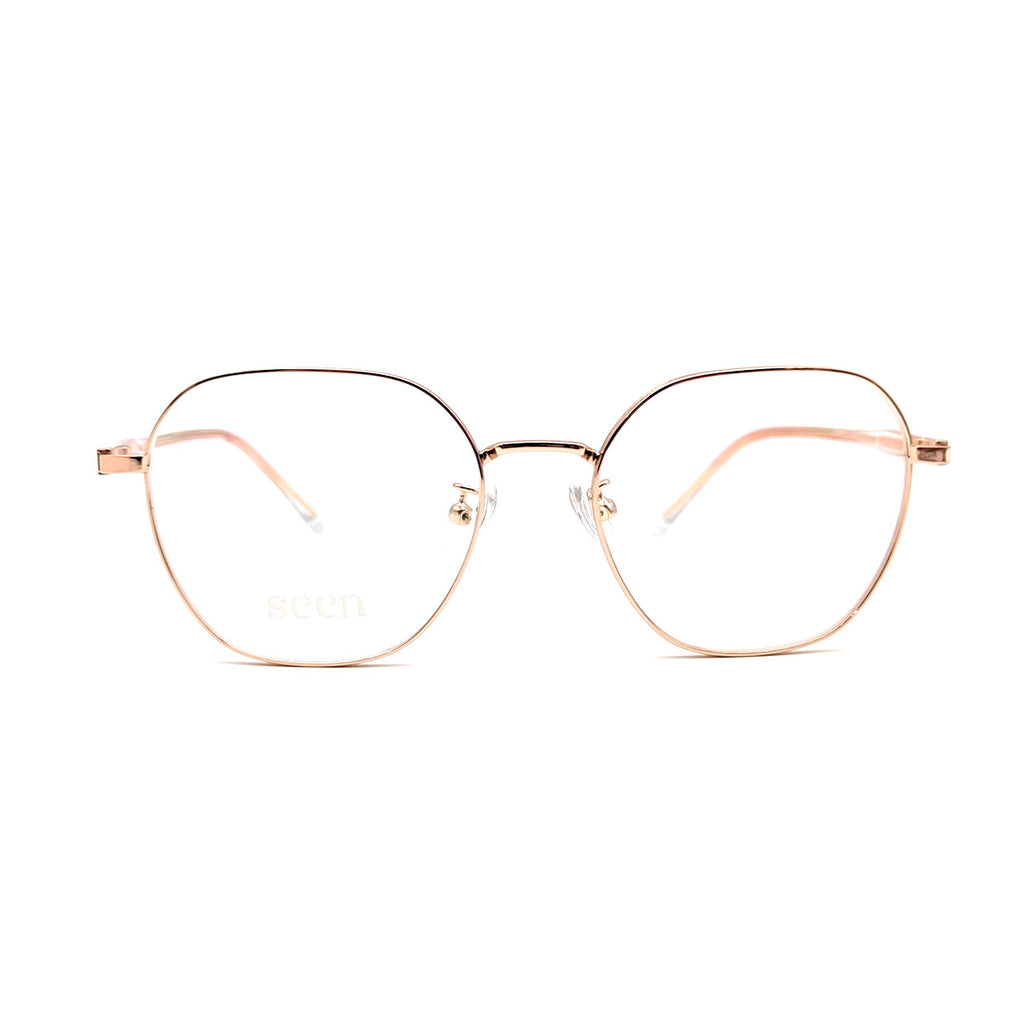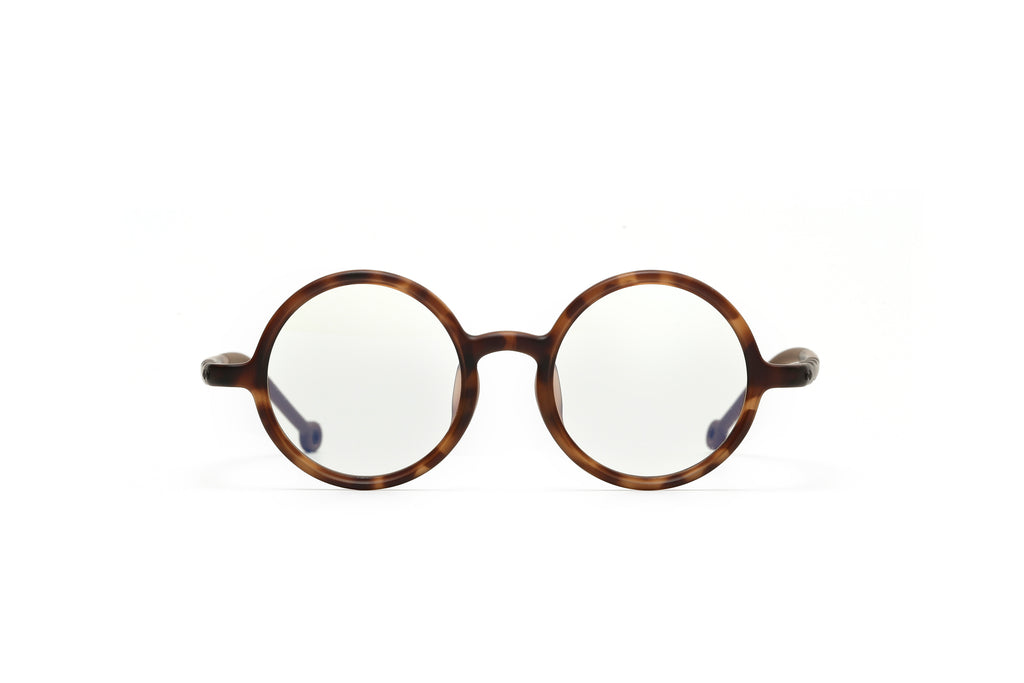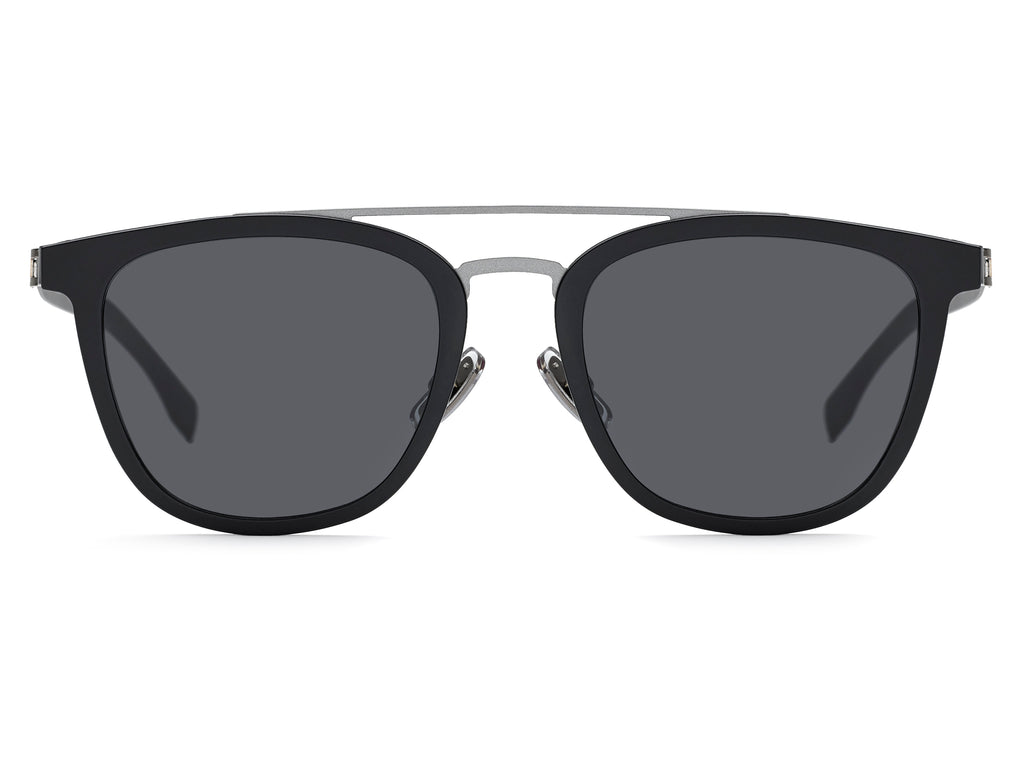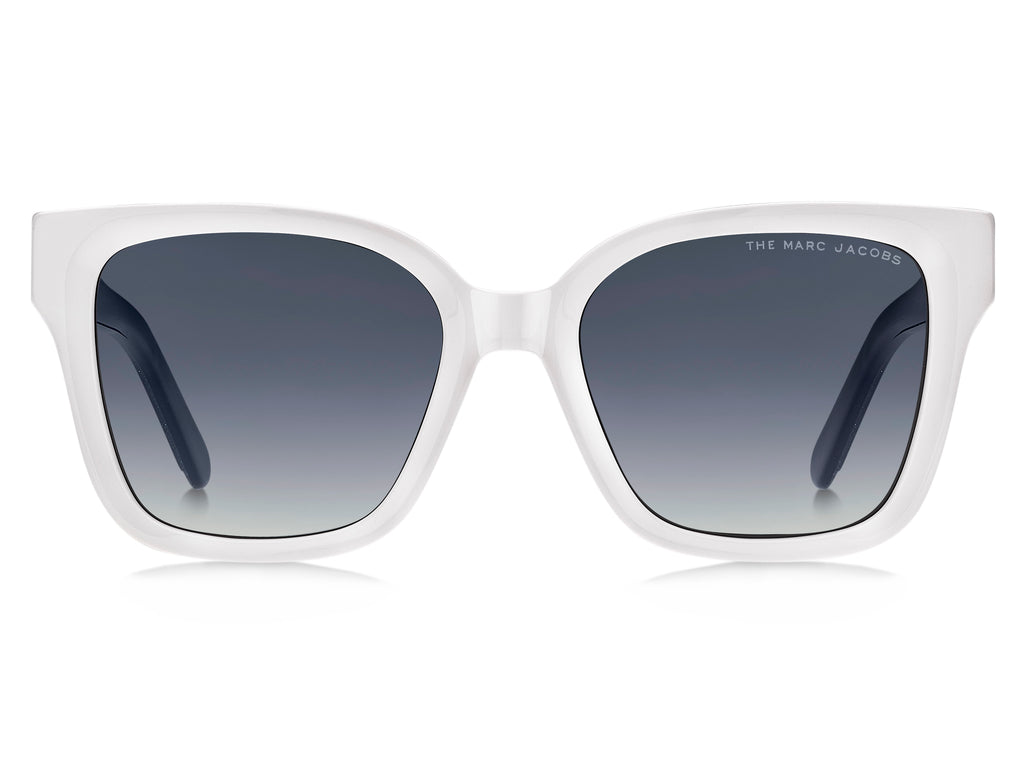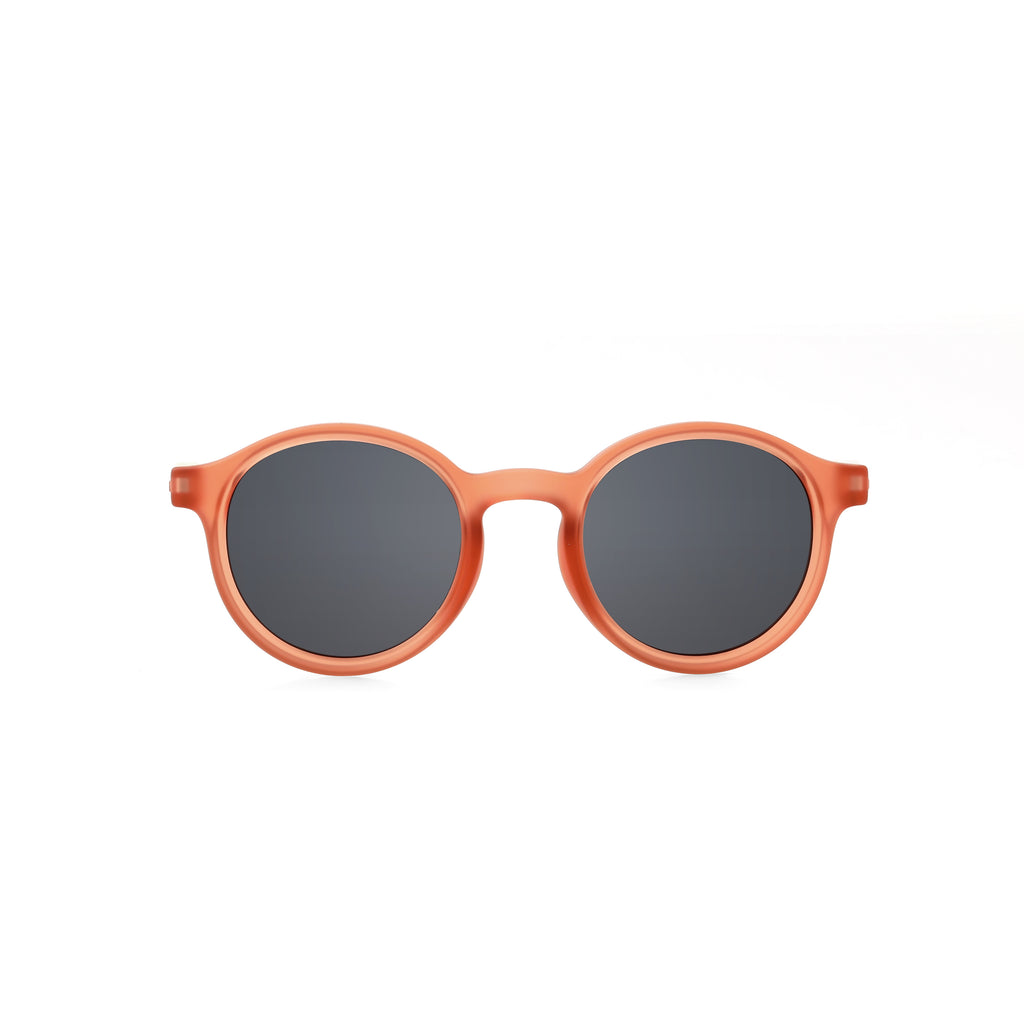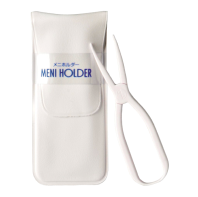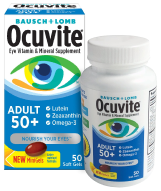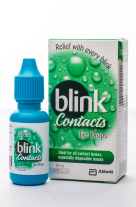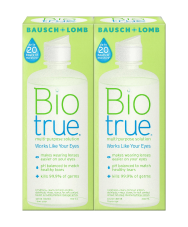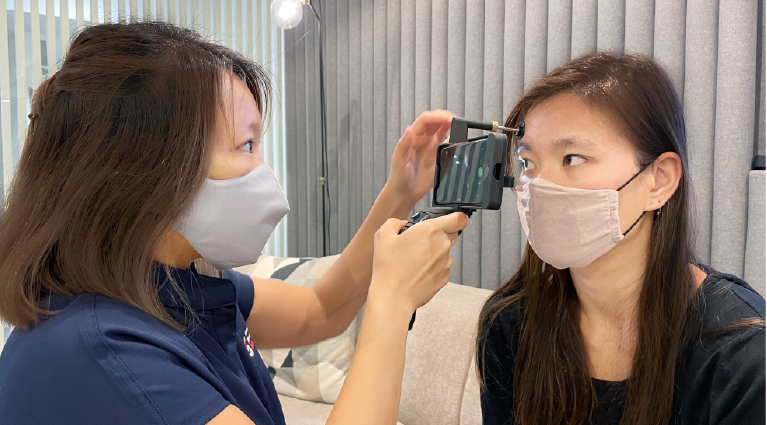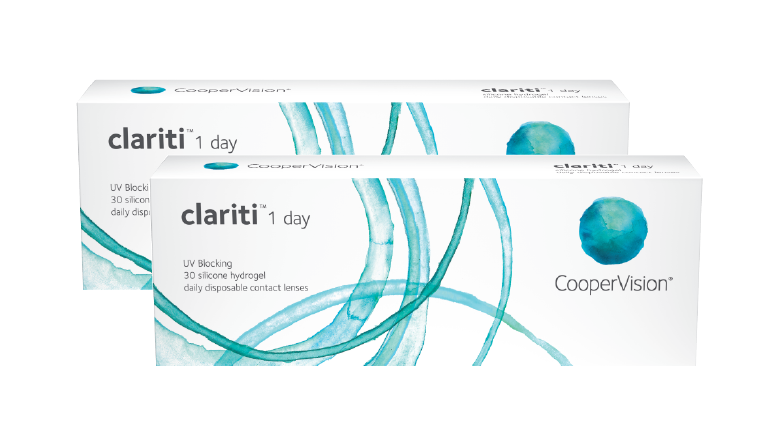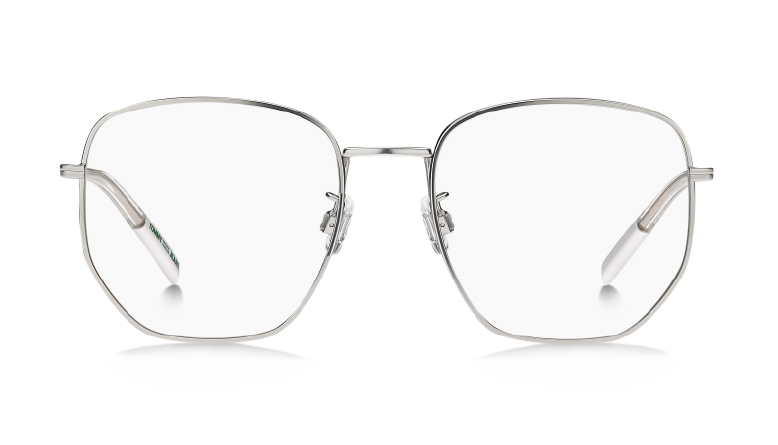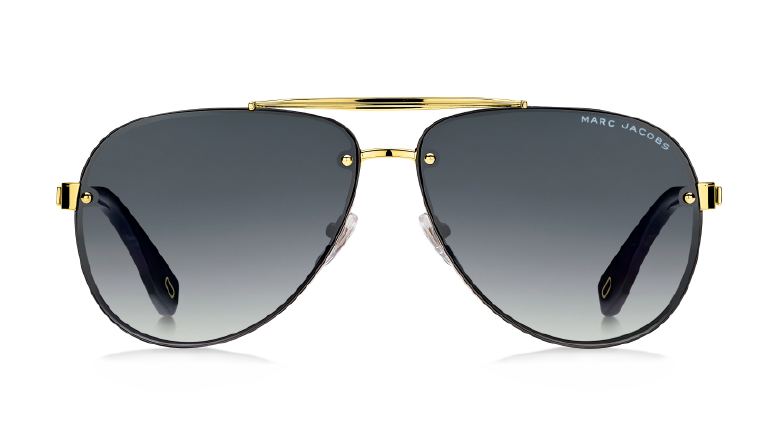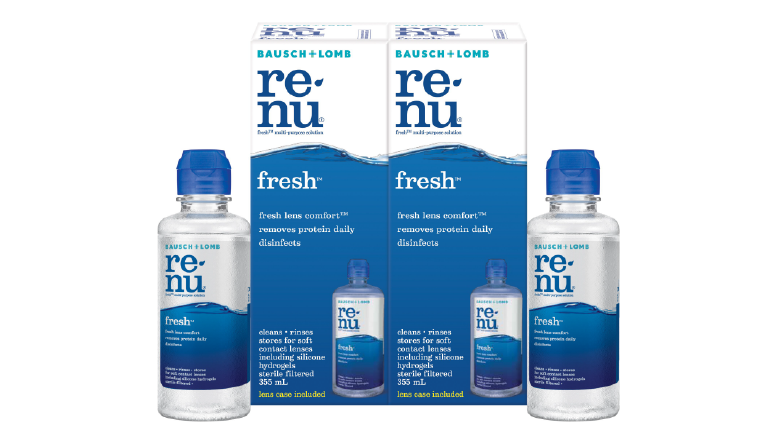
Epic Differences Between Monthly vs Weekly Contact Lenses
Picking the right pair of contact lenses for yourself is a tricky thing, as your occupation, physical activity level and other lifestyle factors all come into consideration. With convenience now becoming a top priority, it’s easy to see why disposable contact lenses have become the most popular option, edging over other alternatives due to their ease of use and a reduced risk of eye infections.
However, it is important to note that disposable contact lenses aren't synonymous with single-use ones. Disposable contacts are generally divided into the monthly and weekly and daily categories, which are further differentiated between daily-wear and extended wear.
Overview
As the name implies, monthly disposable contact lenses can be worn for 30 days before being disposed of, designed to be worn around the clock and cleaned before bed each day. They are popular due to their availability to come with prescriptions that correct nearsightedness, farsightedness, presbyopia, and astigmatism.
In a similar fashion, extended-wear contacts can be worn both day and night, but lifespan is greatly reduced to a week before having to be discarded.
Weekly disposable contacts, on the other hand, are meant to last bi-weekly, and can only be used for up to a maximum of two weeks before switching to a fresh pair.
As a precaution, optometrists recommend that contact lenses, regardless of type, be removed and cleaned every day before sleep.
Monthly Disposable Contact Lenses

Pros
Being thicker and hence more durable than the others, monthly wear contacts are prized for their durability and resistance to drying up. Monthly contacts can also come with custom prescriptions, making them bona fide “invisible” glasses for wearers with particular needs or conditions.
In general, they are cheaper to purchase and maintain than other contacts, and are largely considered to be more environmentally friendly. Certain high quality lenses can even be worn for up to seven consecutive days without needing to be removed.
Cons
Due to the length of time and frequency that a pair of monthly contacts is taken off then reapplied to the eyes, there is an increased risk of contamination and hence, likelihood of eye infections, especially if the user is lax with hand hygiene.
More sensitive wearers may find the contacts’ thickness to be uncomfortable, and overwearing is also a common issue when wearers lose track of dates, which is a frequent oversight due to the fast paced nature of modern life.
Weekly Contact Lenses

Pros
This middle-of-the-road option between monthly and weekly contacts combines the strengths of both ends of the spectrum. No longer required to be as durable as monthly contacts due to their short lifespan, weekly lenses are thinner and thus more comfortable to wear, in addition to users enjoying a much lower risk of contamination and resulting eye infections than monthly contacts.
Cons
Weekly contact lenses have to be stored in solution every night during their week-long lifespan, and are more expensive than their monthly counterparts, simply due to the sheer amount of contacts that has to be purchased annually. Their weekly-use nature also makes the product significantly less environmentally friendly, due to the increased consumption of packaging.
Tips on Wearing Disposable Contact Lenses

-
Always practice good hygiene and only handle your contacts with clean, dry hands to reduce the possibility of contamination and lower the risk of infections.
-
Avoid sleeping with contact lenses to prevent complications caused by a lack of oxygen to your eyes, or the risk of having them stuck under your eyelids.
-
If your eyes feel strained, irritated or uncomfortable, switch to glasses to allow them to rest and recover.
-
Avoid rubbing your eyes, as it may damage the lenses and also lead to long-term ocular issues such as scarred corneas.
-
Dryness can be a common occurrence when wearing contact lenses regularly, so always have eye drops and contact solution on hand in case of emergencies.
Looking to spice up your lenses? Check out our definitive guide on coloured contact lenses! Deciding between glasses or contact lenses? Here are the pros and cons everyone should know!
At Vision Direct Club, we provide contact lens solutions for all situations regardless if you’re a daily, bi-weekly or monthly user. Check out our range of contact lenses today!
In same category
Screen Time and Your Family’s Eye Health: Finding the Right Balance
In today’s digital age, screens are a big part of our daily lives. From work to entertainment and education, screens have become indispensable. However, as...
What is Arcus Senilis also know as Cholesterol Rings ? : A Sign of Aging Eyes
From Metal to Wood: Finding the right pair of glasses
Discover the World of Eyewear Materials: The seemingly simple choice of eyewear frames goes beyond mere aesthetics, profoundly influencing our daily lives in terms of...









